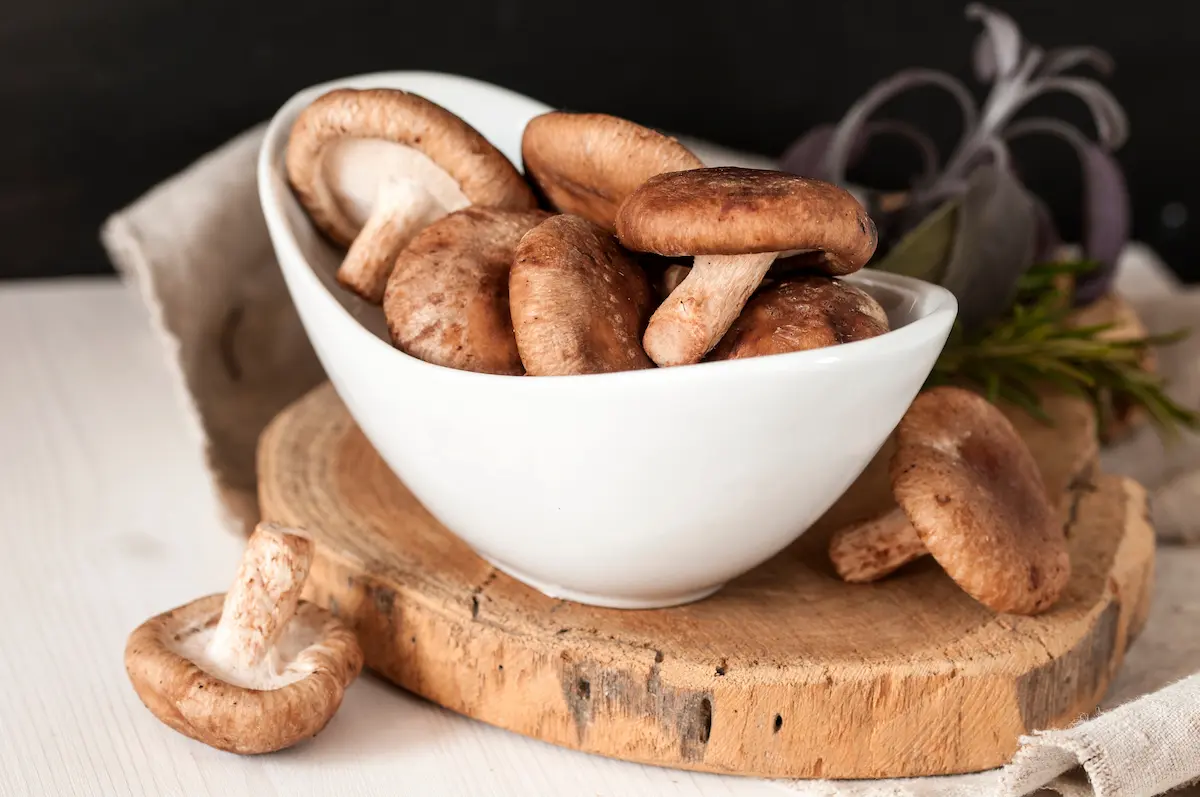How To Grow Mushrooms From Scratch
Photo:
Many people are becoming interested in growing mushrooms for personal consumption. Mushrooms are growing in popularity because they’re excellent sources of protein, fiber, antioxidants, and selenium. You can find them in many recipes for various kinds of diets such as low-calorie and vegan.
Mushrooms are also easy to grow. This article will discuss how to plant or inoculate mushrooms.
Learn The Basics
Cultivating mushrooms is different from most vegetables. They’re grown from spores and fungi in a bed of growing medium that’s sometimes placed in bags as mushroom grow kits.
Mushrooms come from the mycelium fungus that’s found underground. They grow from decaying wood and within trees.
To grow mushroom from scratch, you must get a hold of spores that are microscopic in size. A mushroom that you hold in your hand is said to contain up to 16 billion spores that gives one the opportunity to source their own by hand.

Collect Mushroom Spores
What kind of garden mushrooms do you have? If you have any, you can use them or use the ones you can buy. You can collect mushroom spores by creating a spore print. This technique applies to any edible kind of mushroom. Those with gills are easy to source, as you can get them from your local grocery store. When choosing, get the mature kind that has gills.
Gather the following materials for spore printing:
- White or black paper, or both
- Glass container
You can choose the color of the paper depending on the color of the mushroom spores. They’re sometimes dark- or light-colored. But it’s best to keep both colors present so that you can see them no matter the shade.
Get two mushrooms and remove the stems from the base. Place the two sheets of paper side by side and gently put the stemless mushroom on top of each paper. The side of the mushroom gills should be in contact with the surface. You can also choose to simply use one mushroom and place half of the gilled sides on the white and black paper.
Cover the mushrooms with a glass container to prevent them from drying out. Make sure that the rim of the glass is firmly placed on the surface to avoid letting air inside. Leave them covered overnight and check the next day. Lift the mushrooms gently, and you’ll see that the spores have made a print on the surface of the paper.
Prepare Growing Medium
To achieve the best results in growing mushrooms, you’d want to use the proper substrate other than soil. It provides the best growing conditions for mycelium to bear mushroom. Mycelium uses the nutrients found in specific types of substrates to grow different kinds of mushroom. While regular vegetables grow on soil or water, mushrooms grow best in substrates because they need supplemental ingredients, like sawdust, that provide more food for mycelium.
Below are the types of edible mushrooms with their corresponding substrate:
- White Button mushrooms and Portobello mushrooms – Composted manure
- Shiitake mushrooms – Hardwood sawdust (made from maple, oak, or beech; can be combined with bran supplement) or wood chips
- Oyster mushrooms – Pasteurized straw, soy hulls and hardwood sawdust, or coffee grounds
The cultivator must establish the right conditions for the mycelium of the chosen edible mushroom. The substrate must be contaminant-free with an optimal moisture content. Some will mix substrate in a bag, filling it with carbon-rich growing medium. Some mushroom species will thrive on a particular substrate, while others are versatile. Cultivators will also place the substrate into a custom wooden box that’s three inches deep or tray.
Transfer Spores To The Medium
Use composted manure substrate in a wooden box for this purpose. You can safely transfer the spores from the printing into moistened manure, and then mix them together. Press the mixture firmly into the wooden box. Your environment must be between 65 to 75 degrees Fahrenheit. Mycelium growth will take 16 to 19 days. It’ll appear web-like, a sign that the spores are growing.
Add 1 or 2 inches of peat moss over the substrate when you see the web-like substance. Cover the moss with newspapers, spray with water using a spray bottle. The paper must be wet at all times because the peat moss and manure substrate will need the moisture from the wet newspaper. Then transport the box into an area with a temperature of 55 degrees Fahrenheit.
Check the box daily until mushrooms begin to sprout and grow into the mature size. Mushrooms will have different sizes according to what kind of mushrooms grow on it.
In Conclusion
There are several ways to grow mushrooms. Those with experience will grow them from scratch and prepare their desired mushrooms through spore printing along with the best substrate for it. If you’re a beginner growing them at home, you can buy mushroom grow kits instead. They come with instructions on how to grow the mushrooms you like, so you can have fresh mushrooms anytime you want.







Leave a Reply
You must be logged in to post a comment.